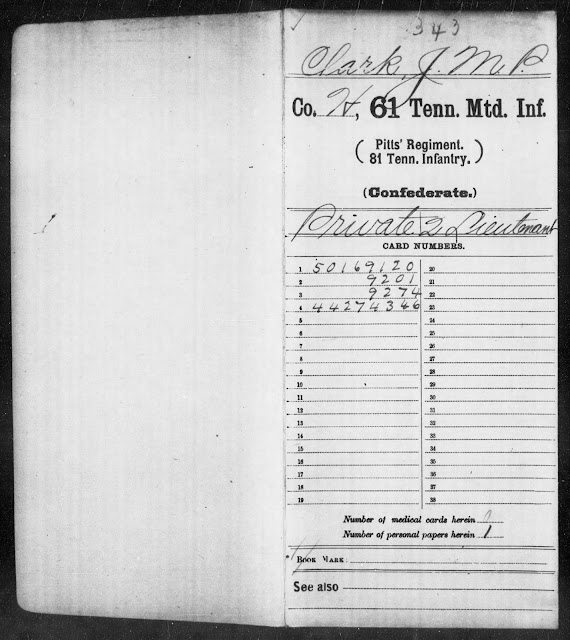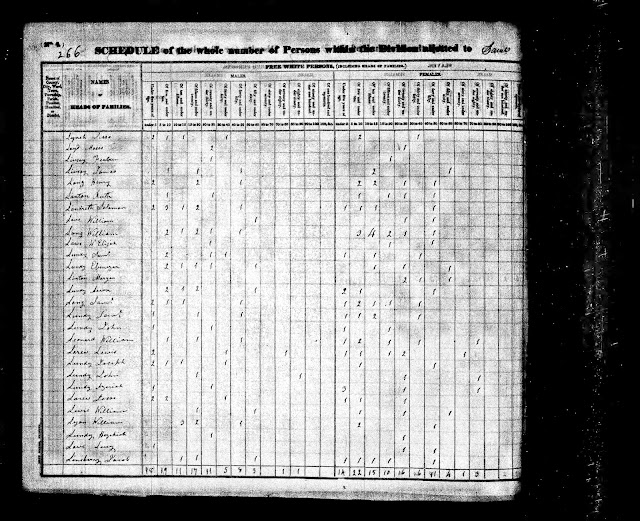 Thomas Gardner Bartlett was a Civil War soldier who was organized as part of the 8th Virginia Cavalry, Company C. They called themselves the Grayson Cavalry after their home county of Grayson, Viriginia, and were mostly assigned to the Army of Northern Virginia.
Thomas Gardner Bartlett was a Civil War soldier who was organized as part of the 8th Virginia Cavalry, Company C. They called themselves the Grayson Cavalry after their home county of Grayson, Viriginia, and were mostly assigned to the Army of Northern Virginia.8th VA Cavalry's operations were largely centralized around western Virginia and eastern Tennessee. They also participated in the Shenandoah Valley campaigns of 1864. Specifically they were a part of Jubal Early's campaign to sweep the Shenandoah Valley and remove the Union forces.
And, as an item of interest, Thomas got to do all of this--on a horse.
(Which is to say, I never knew that a cavalry meant being on horses until I looked it up in conjunction with this research.)
The documents in Thomas Bartlett's file reveal that he served throughout the war as a teamster.
He was away without leave from 26 June-15 September 1864, and was wounded on the 19th of September, as it appears, almost immediately following.
This document states that he was among Prisoners of War who were surrendered by General Robert E. Lee at Appomattox Court House. However, the National Park Service website says that his regiment had already cut through the Union lines and disbanded, and weren't surrendered at this time. The site also says that the 8th VA Cavalry participated in the Appomattox Campaign. I wonder if he had been previously captured and was then released with the surrender. I have no other documentation to clue me in as to when or where he was captured. But I do know that he survived the war and it was victory he and his family never forgot.
As you can see at the top of his headstone, he has a round emblem with a cross in the center. It's called the Southern Cross of Honor. It is a spin-off of the Confederate Medal of Honor, an official wartime medal for honorable military service to the Confederacy.
The United Daughters of the Confederacy created the Southern Cross of Honor specifically to mark the Confederate soldiers and veterans who served honorably in the Civil War. The symbol was later adopted by the U.S. Veteran's Administration, and may only be used on the headstones issued to Confederate veterans.
I am not sure if Thomas did something which brought his service some sort of special recognition, or if this symbol can simply be allotted to any veteran from the Confederacy. I would love to find out more. At any rate, he risked his life to protect his homeland, which I'm sure was always near to his heart because the Shenandoah Valley really isn't far from where his family was living, waiting and wondering if husband and father would come home alive.
Thanks to the good people at Fold3.com, I have these documents. They've helped me to form new questions for further research to know this man and the powerful history woven endlessly throughout his life.

































